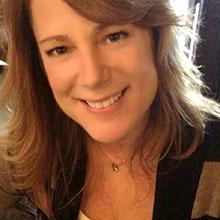Chocolate DNA Testing
Whether you show your love with flowers, gifts or a greeting card, there’s one thing almost everybody loves to get on Valentine’s Day: chocolate!
“On Valentine’s Day I love to get white chocolate,” said Chidi Nwaneri, a chocolate lover.
Each year, consumers buy about 58 million pounds of chocolate during the week leading up to Valentine’s Day. But not all chocolate is created equal and premium chocolates often come with a high price tag. But does the extra cost always mean superior chocolate?
Scientists say it’s all about the bean. Chocolate originally comes from cacao (cah-cow) beans.
“You’re premium beans, the better flavored beans….are being mixed with lower quality beans so the flavor has been changing,” Lyndel Meinhardt, a plant pathologist at the U.S. Department of Agriculture in Beltsville, Md.
Now, scientists are testing the cacao bean’s DNA to identify and verify the very best beans.
“We can take that it’s a very small portion of each bean on the seed coat and extract the DNA from that to do the analysis of what type the bean is,” said Meinhardt.
The technology detects the bean’s unique DNA fingerprint, which then tells chocolate makers if the beans they are using to make premium chocolate are actually from premium beans.
“The really good chocolate makers really want to get the very best beans and they’re willing to travel all over the world looking for those beans and they will pay a premium for those beans,” Meinhardt said.
The chocolate DNA testing can be easily scaled up to test large batches of beans, ensuring that consumers get what they pay for.
But, the question of which bean makes the very best chocolate is ultimately up to the taster.
“Whatever chocolate you like the best is probably the best chocolate,” said Meinhardt.
“The darker the better,” said Anthony Dimeglio, a chocolate lover.

